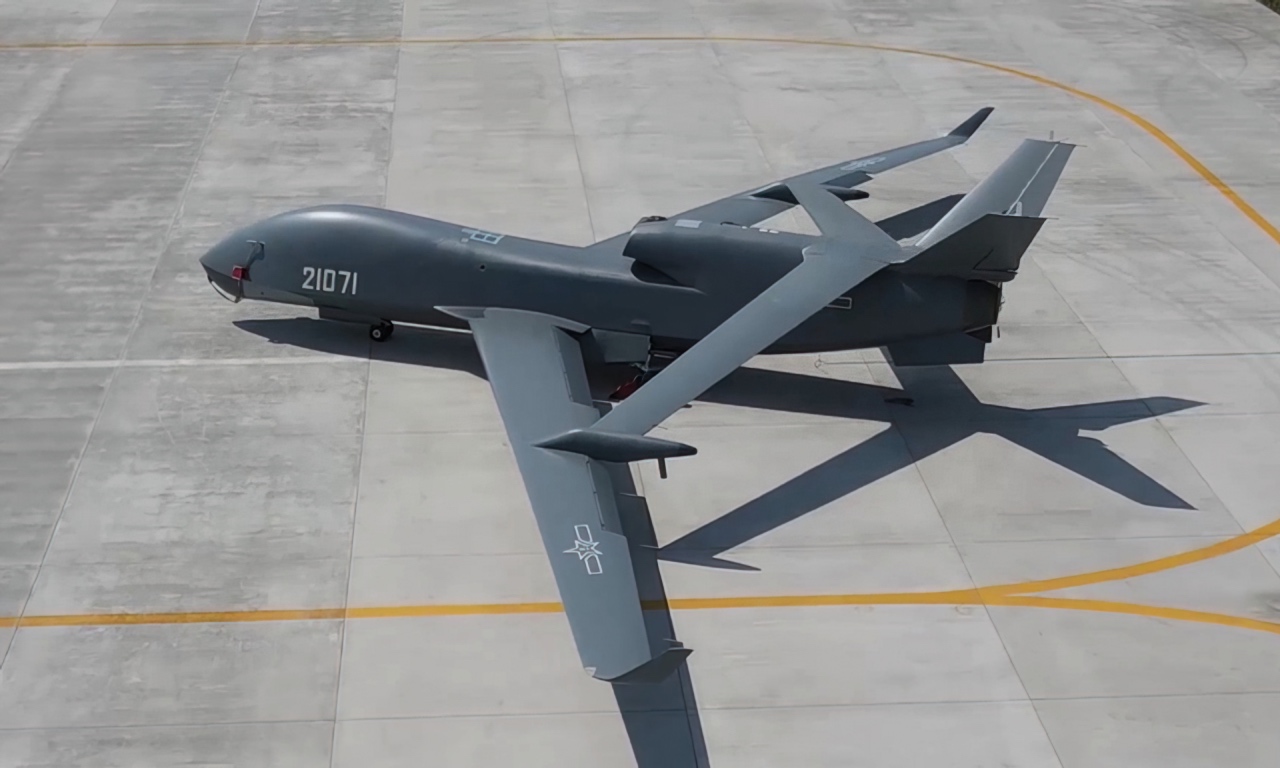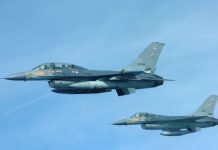Japan aims to develop a multipurpose cruise missile with three interchangeable warheads for reconnaissance, radar jamming, and conventional attack purposes.
China’s J-20 Fighter Pilot Claims Flying Over Taiwan Undetected; Did Taipei Fail To Spot The Stealthy Dragon?
Chinese PLA Soldiers Use ‘Pain Pads’ For Perfect Shooting In War-Like Situation; Military Veterans Aren’t Impressed!
Japan had approved a $320 billion defense budget in December 2022 to develop ‘counterstrike’ capabilities in the form of 2000 to 3000 km-range, cruise, ballistic, hypersonic missiles and glide vehicles that can reach parts of China and North Korea.
Reports said these were to be developed and deployed between 2027 and 2037.
It is unclear if this latest ‘multipurpose’ missile is among the above or a separate system conceptualized recently. This marks the early phase of an escalating arms race in Asia.
Japan’s new national security and defense strategies view China as the “greatest strategic challenge,” North Korea a “graver, more imminent threat than before,” and Russia a “serious security concern.”
It has already ordered air-launched missiles like the Norwegian Joint Strike Missile (JSM), the 1000 km-range US Joint Air-to-Surface Stand-Off Missile (JASSM), and the Long Range Anti-Ship Missile (LRASM). These are part of the 2019 Medium Term Defense Program (MTDP).
It is also aiming to upgrade the range of its Type-12 surface-to-ship missile to 1,500 kilometers and deploy it by 2026. Five hundred US Tomahawks are planned to be fielded by 2027 in anticipation of a delay in developing the Type-12 missile upgrade project.
The most ambitious project is the indigenous 3,000 km-range hypersonic glide vehicle project, aimed at deployment by the mid-2030s.

All-In-One Multipurpose Missile
The description of the rare type of missile with multiple interchangeable warheads indicates Japan wishes to increase its missiles’ accuracy and hit probability.
“By launching missiles with these warheads at different times, the accuracy of strikes on enemy ships and other targets is expected to increase, leading to improved deterrence,” said the Japanese newspaper Yomiuri Shimbun.
The reconnaissance warhead will carry a high-performance camera to cover a wide area and will be installed in the first missile to be fired. After it identifies and detects targets, crews fire another missile with a jamming warhead that impairs enemy radar and other sensors. Then the conventional warhead strikes the target.
The report said missiles with these warheads will be launched at “different times.” The missile will have a range of over 1000 kilometers and can be launched from highly mobile launchpads.
Incidentally, the Japanese Ministry of Defense (MoD) had begun preliminary research on basic components like the propulsion motor, guidance system, materials, and electronics in 2018. Electronic Warfare (EW) that jams military communications and radars usually precedes missile strikes since it reduces the chances of the missile being detected and shot down by surface-to-air (SAM) missiles.
China frequently deploys the J-16D electronic warfare aircraft as a part of the formations of J-10, J-11, the TB-001 drone, and other aircraft into Taiwan’s Air Defense Identification Zone (ADIZ) and is expected to replicate a similar strategy here.
China’s WZ-7 ‘Soaring Dragon’ drone has been speculated to have a significant EW capability. It twice forced the Japan Air Self-Defense Force (JASDF) F-15s to be scrambled to intercept them when they flew over the East China Sea (ECS) recently.

The new missile is mainly intended to target enemy vessels that try to invade the Nansei Islands and surface strikes on enemy missile launch sites. “Once the interchangeable-warhead cruise missile is put into practical use, the government plans to combine its use with other long-range missiles,” the report added.
This means the missile with the ISR warhead can also be integrated with the other missiles announced to be developed, where it collects targeting data.
Such a missile can also be used as a decoy to trick adversary air defense radars into ‘lighting up’ and revealing their location or force it to expend its SAMs, paving the way for various aerial strikes. Moreover, in the event of a joint US-Japan military action against China, if Article 5 of the Mutual Defense Treaty is invoked, the missile can be fused with even American systems to collect targeting information.
The Article legally binds the United States to defend Japan if it is attacked.
Japanese Political Debate On Counterstrike
However, Japan’s political leadership views the missile as a defensive deterrent against China and North Korea, who will either chose not to or be restrained in their strikes on Japanese targets.
Prime Minister Fumio Kishida explained when announcing the new national security and defense strategy white papers that the “counterstrike capabilities would be deterrent to discourage a potential enemy from attacking.” The documents say the capabilities will “deter an armed attack itself” and “prevent further attacks” if deterrence fails.
This also shows that Japanese defense build-up, perceived as Tokyo morphing back to its World War 2 imperial form, is still within the bounds of a pacifist Constitution.
The Constitution still bans first strikes, while the documents continue to “commit to its exclusively self-defense oriented security policy,” “not become a military power,” and follow “strict guidelines on exporting defense equipment.”
This is not to mention the ongoing debate amongst various political parties that challenge the ruling Liberal Democratic Party’s (LDP) stand that counterstrike capabilities allow for hitting enemy targets preparing to strike Japan.
The LDP’s junior coalition partner Komeito believes Japan should use force only after it has been attacked.
Kenta Izumi, leader of the main opposition Constitutional Democratic Party of Japan, in a statement, argued that preparations to attack could be misread and misinterpreted.
Satoru Mori, a security expert at Keio University, was quoted in Japan Times explaining how a regular enemy movement can be misinterpreted as preparation for a strike. Therefore, the counterstrike becomes a first strike and would embarrass the nation launching it.
“If we look at the ongoing war in Ukraine, attaining the international community’s support is vital. It is essential to make clear who the aggressor is,” he said.
The same issue also has dogged nuclear policy, where experts oppose nuclear postures like ‘launch on warning,’ where information of an enemy preparing to use nuclear weapons can be a reason to launch one’s own before being hit.
But the assessments of an adversary sure to use atomic weapons can be highly flawed in times of heightened military tensions, especially war. They can lead to a catastrophic nuclear exchange.
- The author can be reached at satamp@gmail.com
- Follow EurAsian Times on Google News




